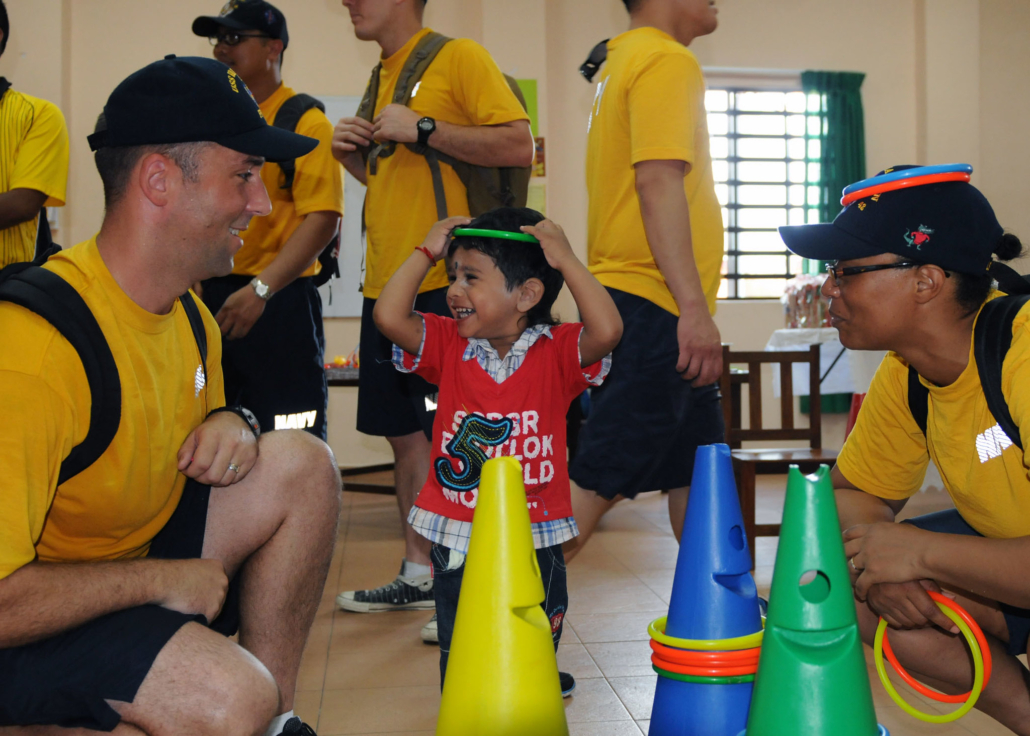Disability and Poverty in Malaysia
 In 2011, the World Health Organization (WHO) and World Bank expanded the definition of ‘disability’ from medical and biological to social. This new method calls for a balanced approach, giving proper weight to both the medical and social models that contribute to the extent of disabilities people experience.
In 2011, the World Health Organization (WHO) and World Bank expanded the definition of ‘disability’ from medical and biological to social. This new method calls for a balanced approach, giving proper weight to both the medical and social models that contribute to the extent of disabilities people experience.
A social disability model is where “people are viewed as being disabled by society rather than their bodies.”
People with disabilities are more vulnerable to negative social and economic factors than those without. More than 1 billion people worldwide have some form of disability. This prevents them from accessing essential services including education, health care and employment opportunities. As a result, they are less likely to participate in the economy, which in turn drives them to poverty.
Approaching disability and poverty in Malaysia through this lens helps unveil its powerful influence in shaping the country’s growth.
Disability and Poverty in Malaysia in a Post-COVID Era
Many regard Malaysia as a wealthy and economically stable nation. However, since the COVID-19 pandemic, poverty rates have risen. As of 2022, 5.6% of the Malaysian population lived in absolute poverty.
As per the National Health and Morbidity Survey as of 2019, about 11.1% of adults in Malaysia have disabilities. Since the pandemic, the average income of houses led by people with disabilities lowered by 36%. Consequently, this spiked the poverty rate to about 55% in those households.
Impactful Challenges to People with Disabilities in Malaysia
- In 2021, the government increased financial assistance for people with disabilities by 20% for adults, 42.8% for the old and chronically ill, 50% for children between the ages of seven to eighteen and 100% for children under the age of six. However, since the pandemic, the cost of living has risen, increasing average food prices and bringing a loss of jobs. This has created a greater financial burden for low-income groups.
- The United Nations International Children’s Fund (UNICEF) reported that more than 50% of the population is uninformed about disability. Furthermore, one in three Malaysians believe that “children with disabilities should be kept hidden.” UNICEF is working with activists, health care professionals and the government to ensure programs are defined to protect and provide the necessary care for these children.
- In an effort to improve employment for people with disabilities, the Malaysian government requires that 1% of available jobs must be filled by people with disabilities. If followed, people with disabilities should fill around 14,000 public sector positions. However, the country barely had 4,500 persons with disabilities employed as of 2018, conditions exacerbated by social stigma. Until this law is prioritized, people with disabilities in Malaysia will continue to suffer.
- Young adults with disabilities are encouraged to register with the job placement system for persons with disabilities (SPOKU) to aid in the transition from secondary school to employment. Private business owners with disabilities can register for business financing assistance instead (SGBP-OKU). However, vocational training and transition support can be improved.
- Even though access to the internet and usage expanded during COVID-19, the lack of the right resources and skills prevented people with low income and disabilities from taking full advantage of the digital platforms.
Toward Recovery and Growth
- COVID-19 helped further the marginalization and isolation of children with disabilities and their families. However, access to medical services for children with disabilities living in remote areas has significantly improved since then. For example, UNICEF’s National Early Childhood Intervention Council’s (NECIC) programs such as “COVID-19 Early Intervention Teletherapy Services.” NECIC calls for short-term, mid-term and long-term policy changes.
- The Education Ministry is working to establish the Special Education Integration Programme (SEIP) in all primary schools in Malaysia. This would enable the integration of children with disabilities into primary schools while allowing for the relocation of schools as needed. This creates the best access for students with disabilities. As of October 2021, there were thirty-four special education schools with 97,220 students enrolled under the Special Education Program.
- The Economic Empowerment Programme Assessment (EEPA) is a tool implemented by both the government and non-governmental organizations to help assess the employability of people with disabilities. Malaysia Information Network for the Disabled (MIND) was set up to gather information needed and provide access to essential services for people with disabilities.
- The Minister of Women, Childhood and Community Wellbeing Development ensured the state government’s full support in assisting persons with disabilities in small and medium-sized enterprises to gain financial independence. They approved an initial grant of RM3,000 ( around 645.44 USD) for a hydroponic project.
Malaysia continues to prioritize the social well-being of the economically vulnerable. Several initiatives are underway to promote disability inclusion. There is a clear framework for pivotal improvements in the lives of people with disabilities. The government will continue to address disability and poverty in Malaysia as the country accelerates toward becoming a developed economy by 2030.
– Sudha Krishnaswami
Photo: Flickr
